A fierce ice storm left Mackinac Island battered, but in just weeks, the community rallied to restore its charm in time for tourist season.
Editor’s note: Delaney Krause writes for the Sun Times News and recently relocated to Mackinac Island for the summer. She witnessed firsthand the island’s remarkable recovery efforts following the massive ice storm that struck the island in late March, offering readers a ground-level perspective on a resilient community preparing for a new season.
With tourist season quickly approaching, much of Northern Michigan is in active preparation for the warmer months of summer and the increased business that accompanies it. Between March 28th and 31st, however, those efforts came to an abrupt stop when a powerful ice storm swept through the region. The storm struck forcefully, coating tree limbs in thick ice and leaving once sturdy forests damaged– simultaneously leaving thousands of residents without power.
After the historic ice storm ran its course through Northern Michigan, branches littered roadways and yards, power lines were decimated, and outages persisted in some areas for weeks. On March 31st, Governor Gretchen Whitmer declared a state of emergency in the counties of Otsego, Oscoda, Montmorency, Presque Isle, Emmet, Charlevoix, Cheboygan, Crawford, Mackinac, and Alpena. Whitmer announced, “This morning, [March 31st], I’m declaring a state of emergency to get help out the door as fast as possible for Michiganders hit by the ice storm. Yesterday, I activated our State Emergency Operations Center to coordinate our response. State and local emergency teams are already on the ground, and we will continue collaborating with local first responders too.”

Thanks to the swift work of state and local officials, many areas were able to rally and begin recovering from the storm’s devastating effects. Some locations were more fortunate than others, experiencing shorter power outages and less overall damage. Regardless, utility crews worked diligently to restore power, and residents, with the support of state aid, began the tedious process of cleaning up.
In high-traffic tourist destinations, like Mackinac Island, the urgency to restore the damaged landscape was intensified by the looming deadline of the start of tourist season. With visitors expected by the end of April, the entire month was spent in concentrated effort as community members, National Guard personnel, and volunteers worked arduously to erase the effects of the storm. The photos capture the before-and-after scenes of teams restoring both the safety and natural beauty of Mackinac Island. In many cases, heavily damaged trees were removed entirely, either due to immediate hazards or to prevent future risks.
As the landscape adjusts to its post-storm rhythm, the lasting impacts of the storm on Mackinac Island are becoming less and less obvious. It is too soon to tell whether or not some of the Island’s oldest lilac trees have maintained their verve, but it is reassuring that none were removed– despite several sustaining significant damage.
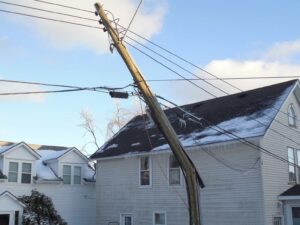
On behalf of the quick work of the community and the state, Mackinac is almost fully prepared for its 2025 season. Several scars were left from the storm, but none deep enough to take away from the bliss, beauty, and uniqueness of Mackinac Island. The Island’s resilience in the face of such adversity is nothing short of inspiring. As May arrives, bringing warmer days and the first signs of Spring, it is hard to believe that just weeks ago, many roads were impassable.
As the Island breathes new life into its streets and gardens, the community’s spirit shines brighter than ever. Mackinac’s ability to recover with grace and unity serves as a testament to the strength of those who call it home– and to the timeless magic that continues to draw patrons back, season after season.
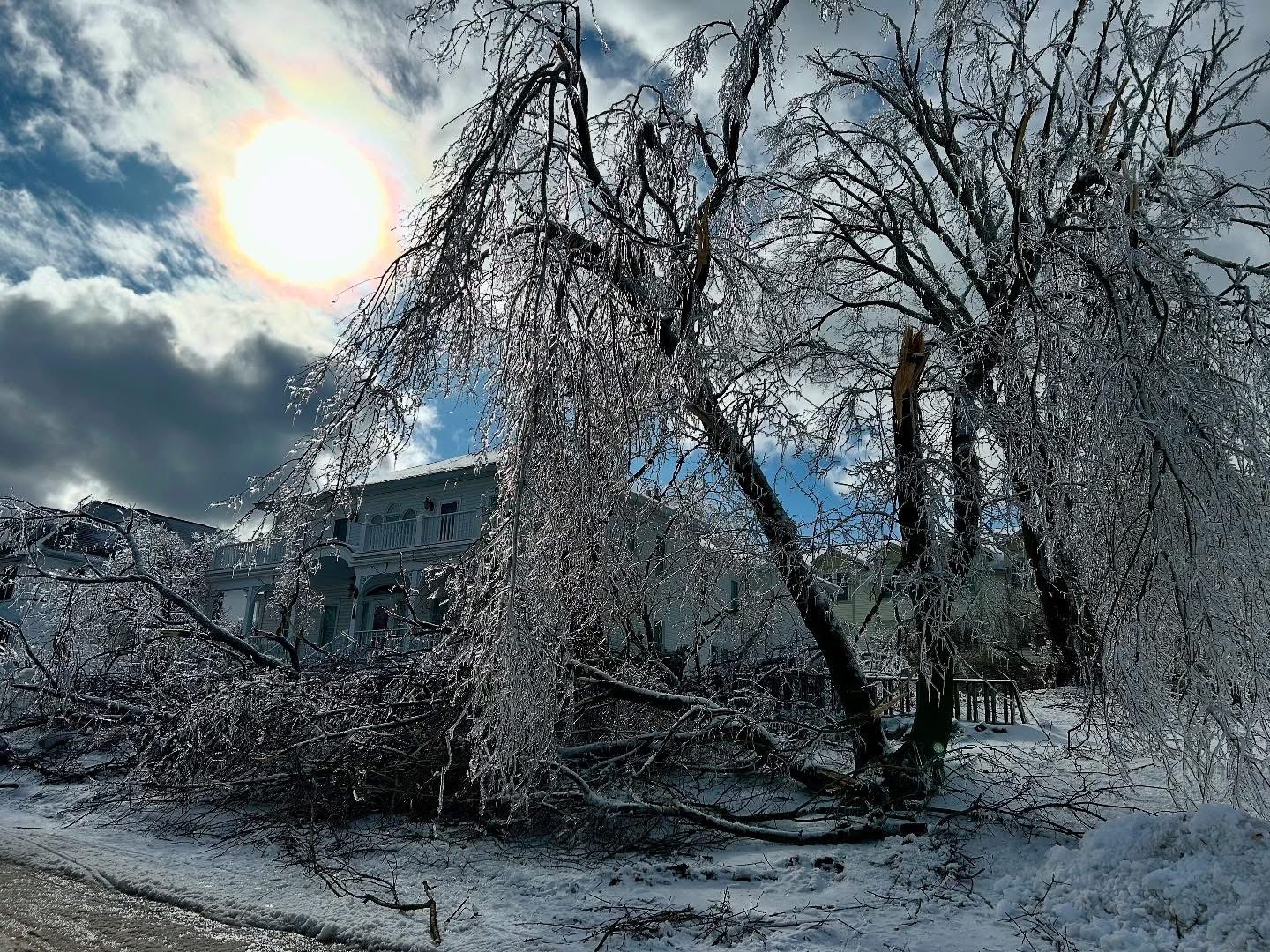
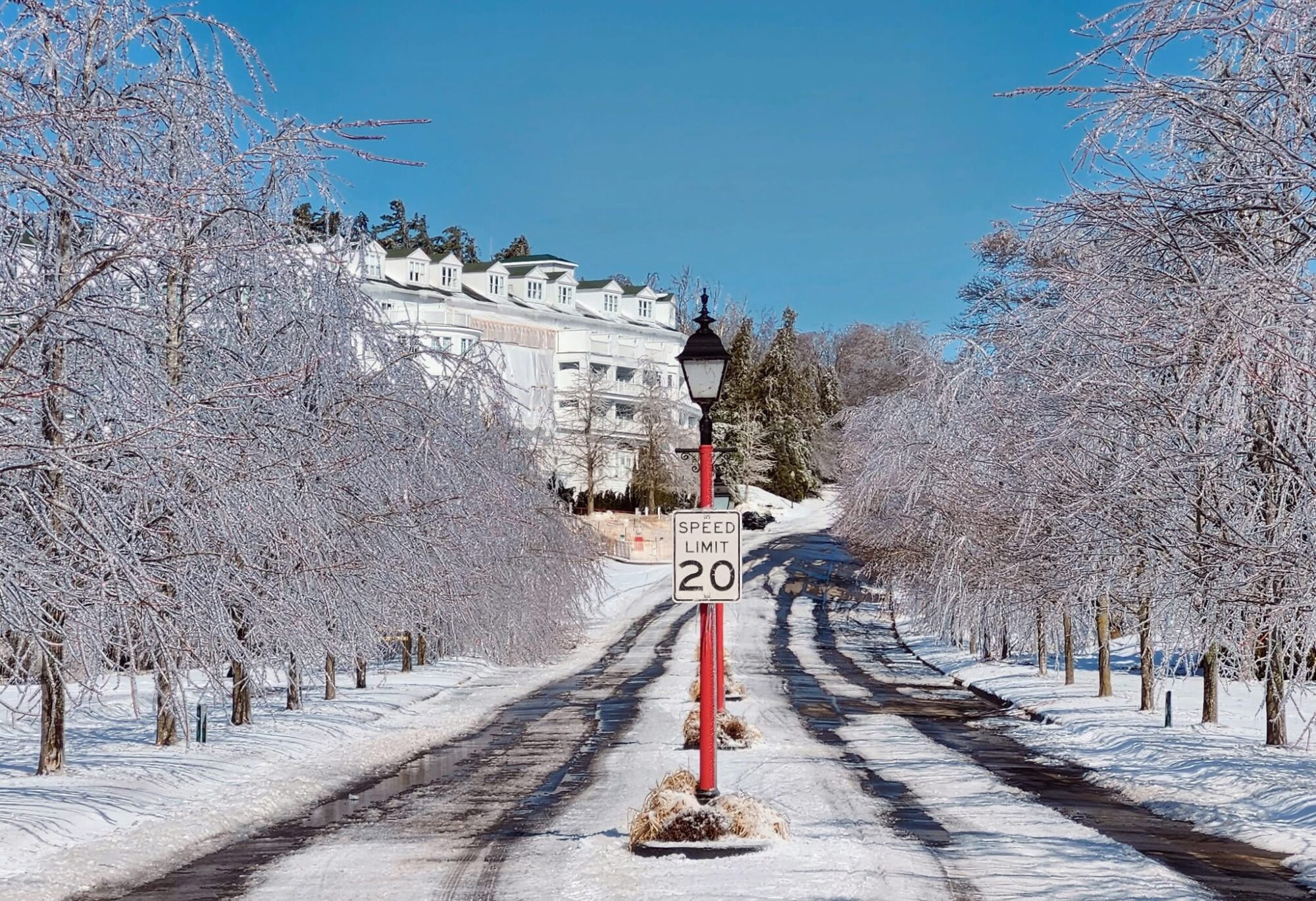
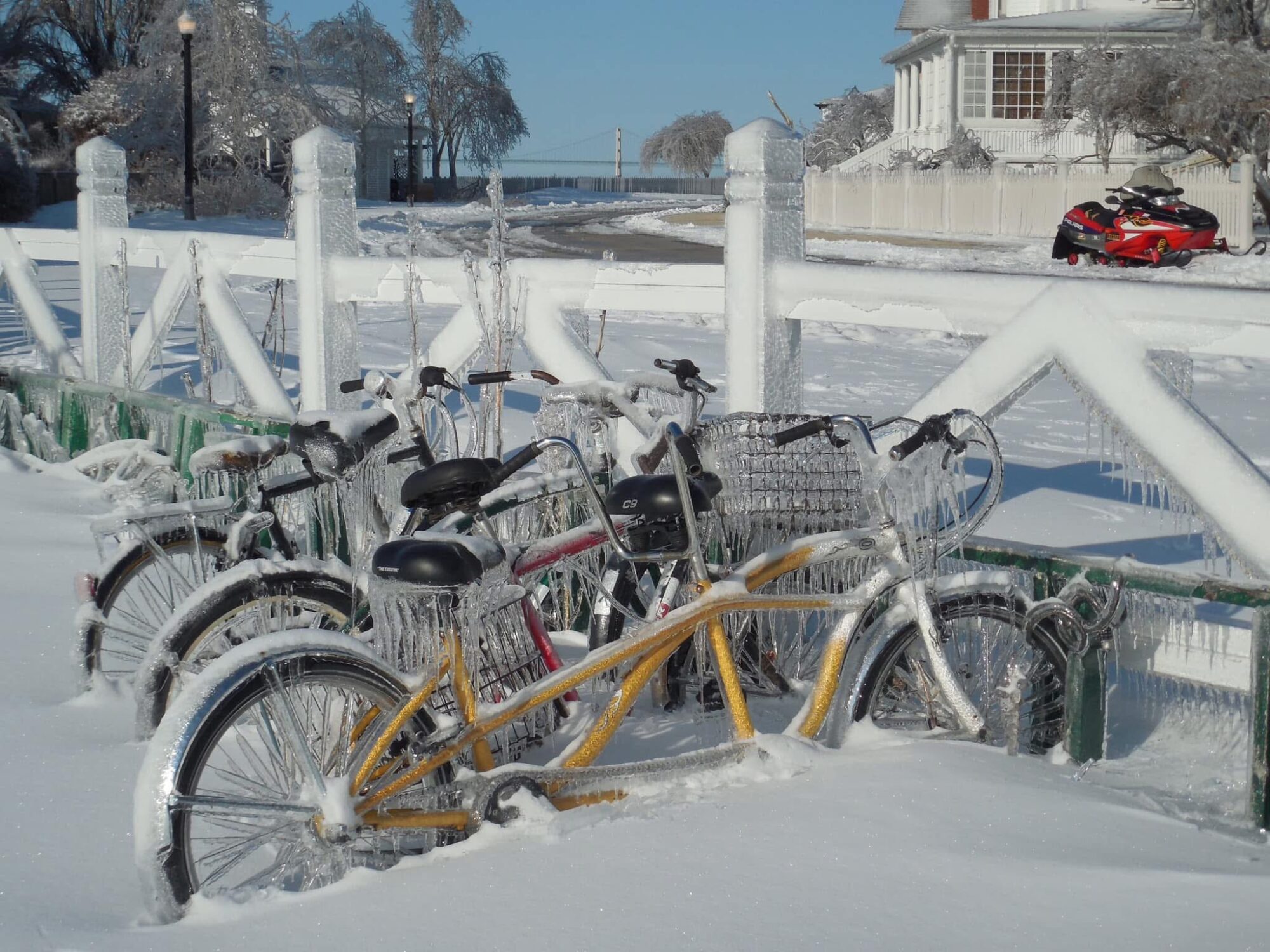
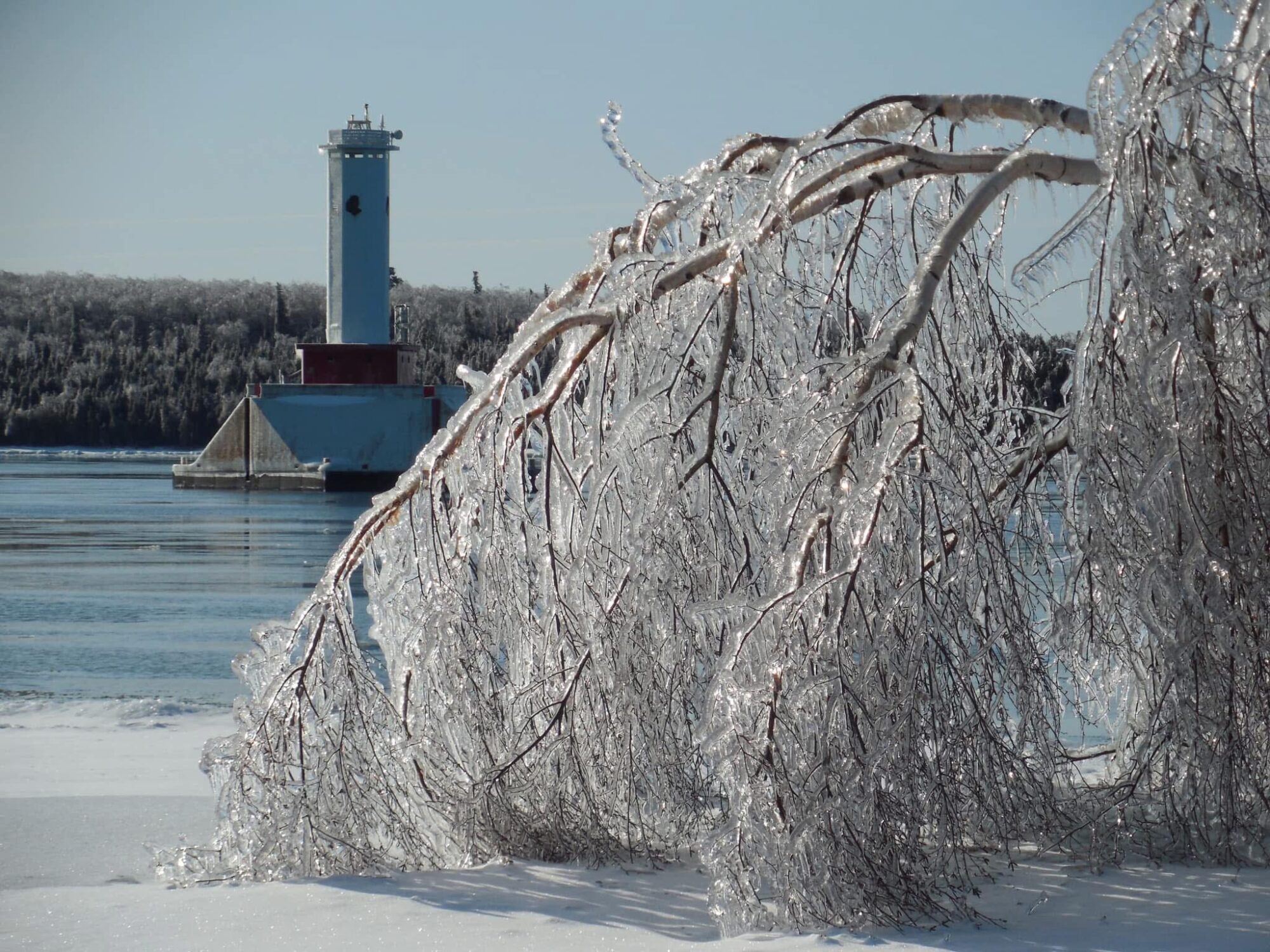

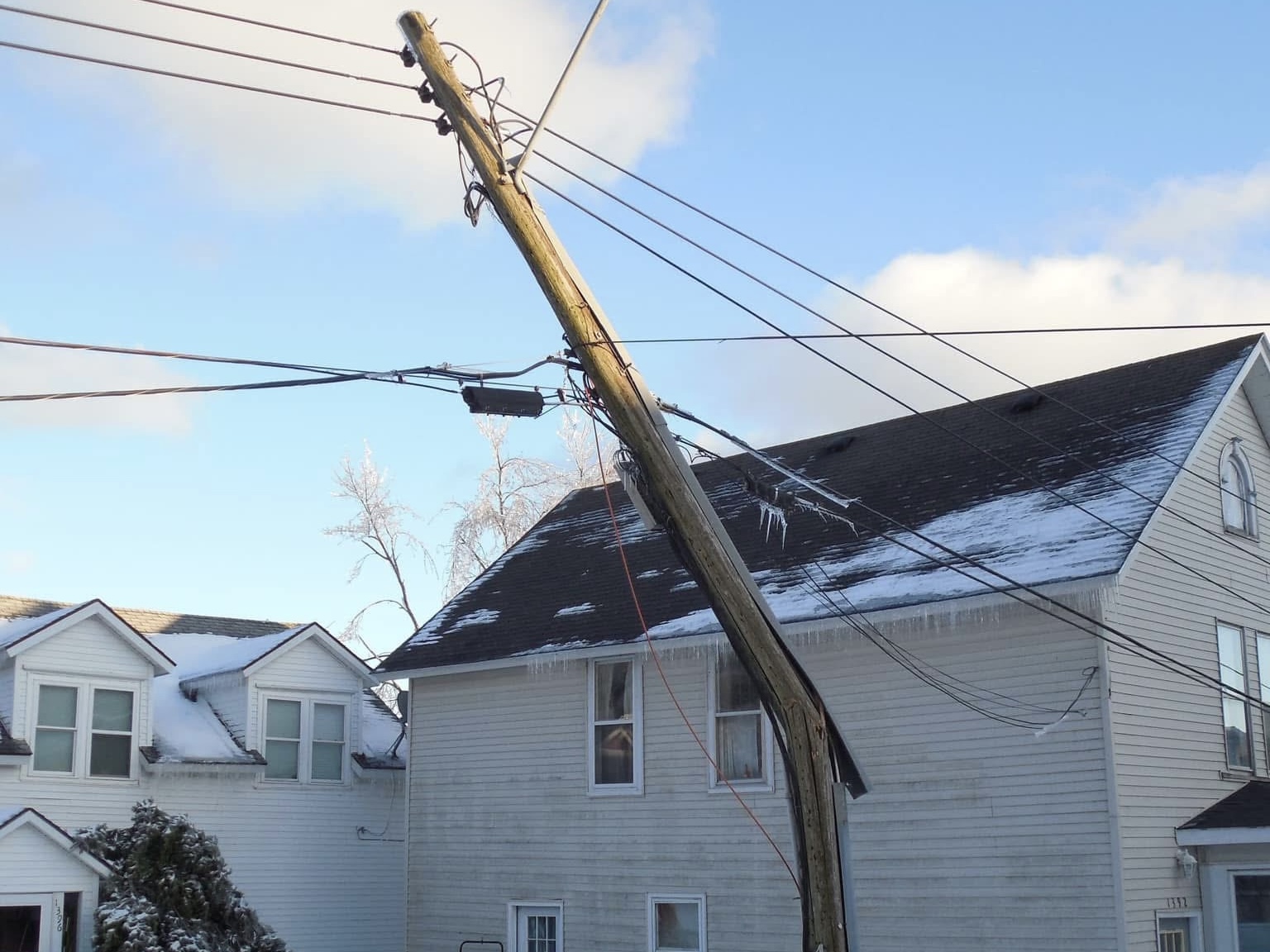
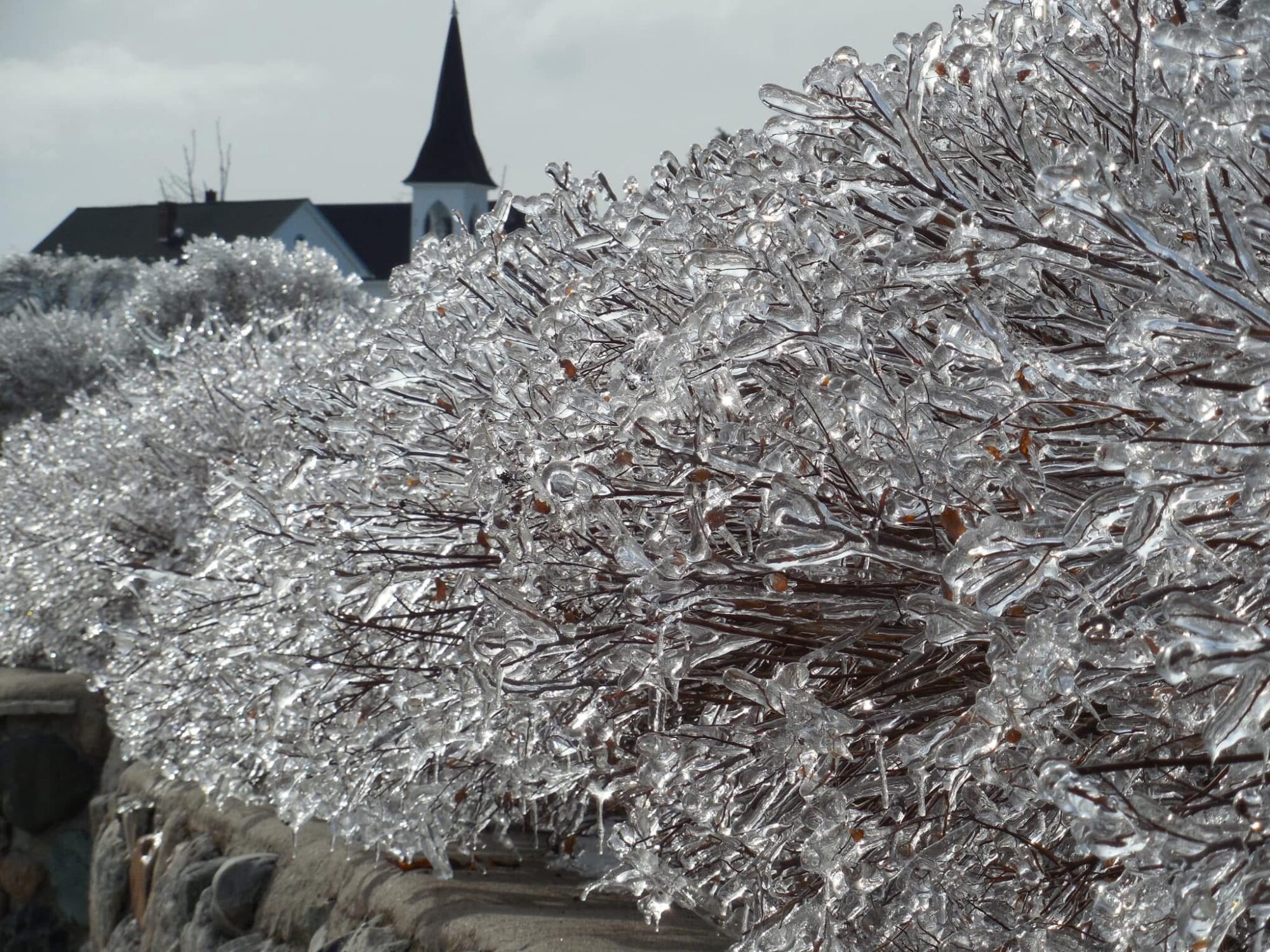
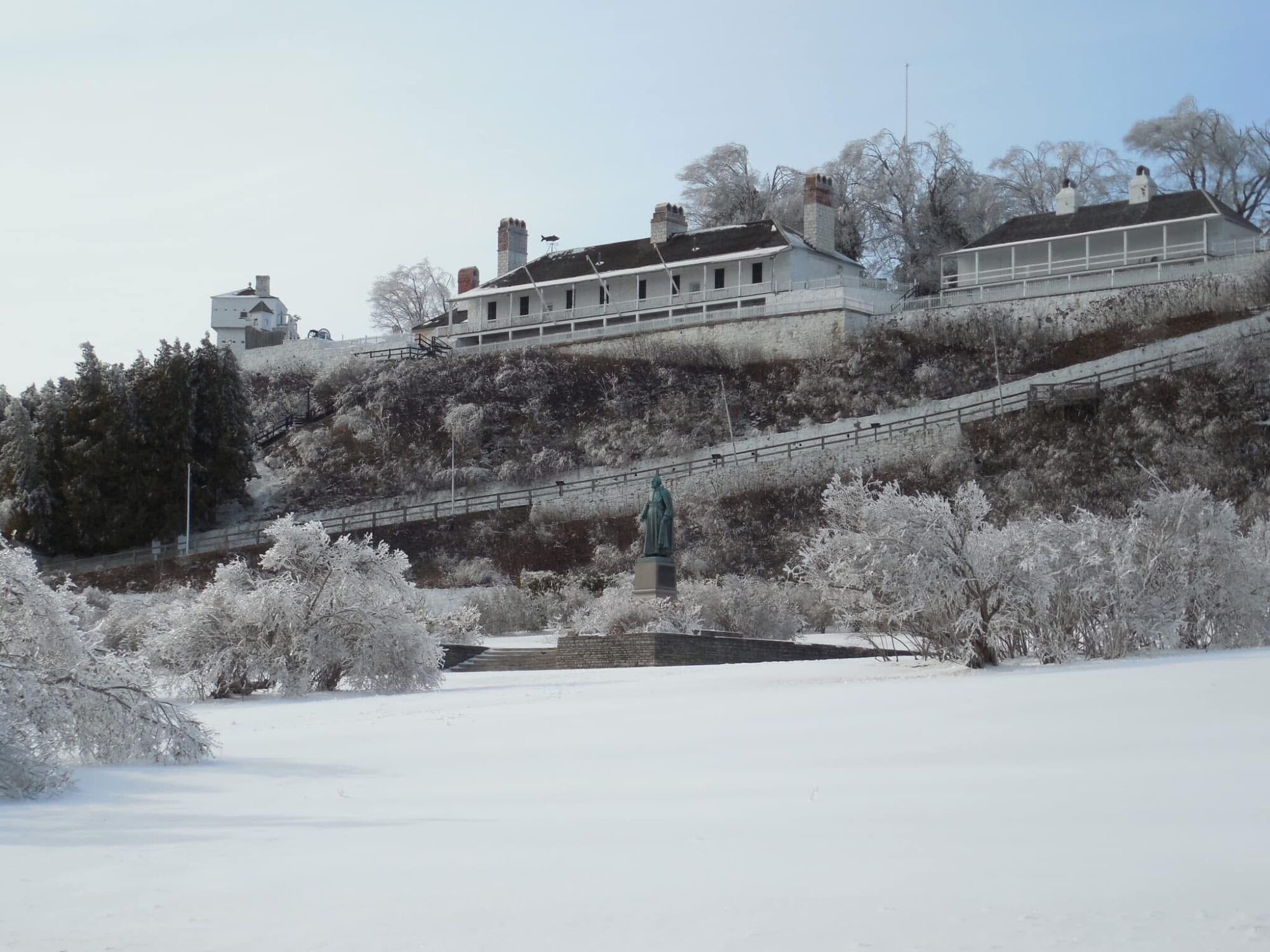
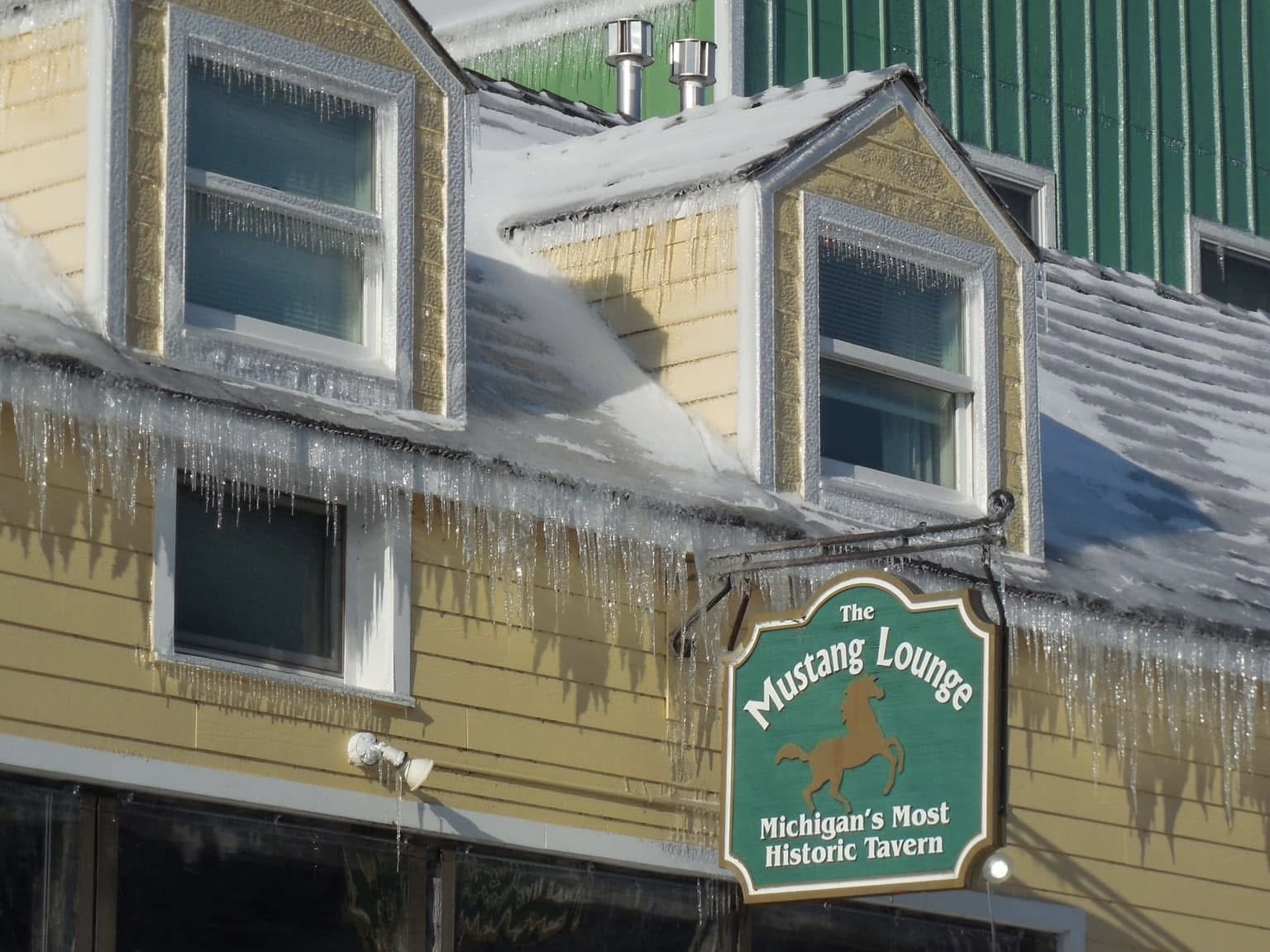
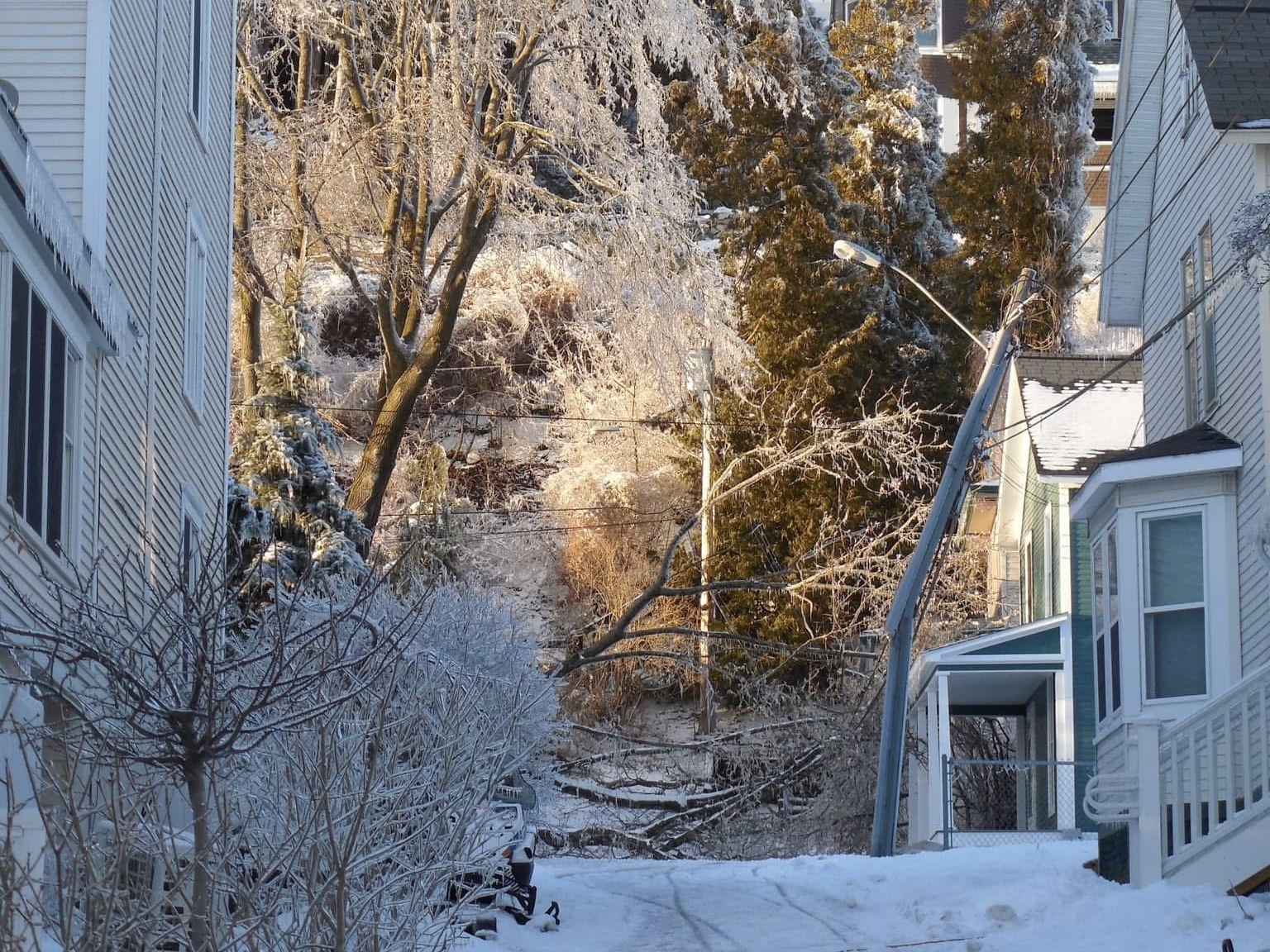
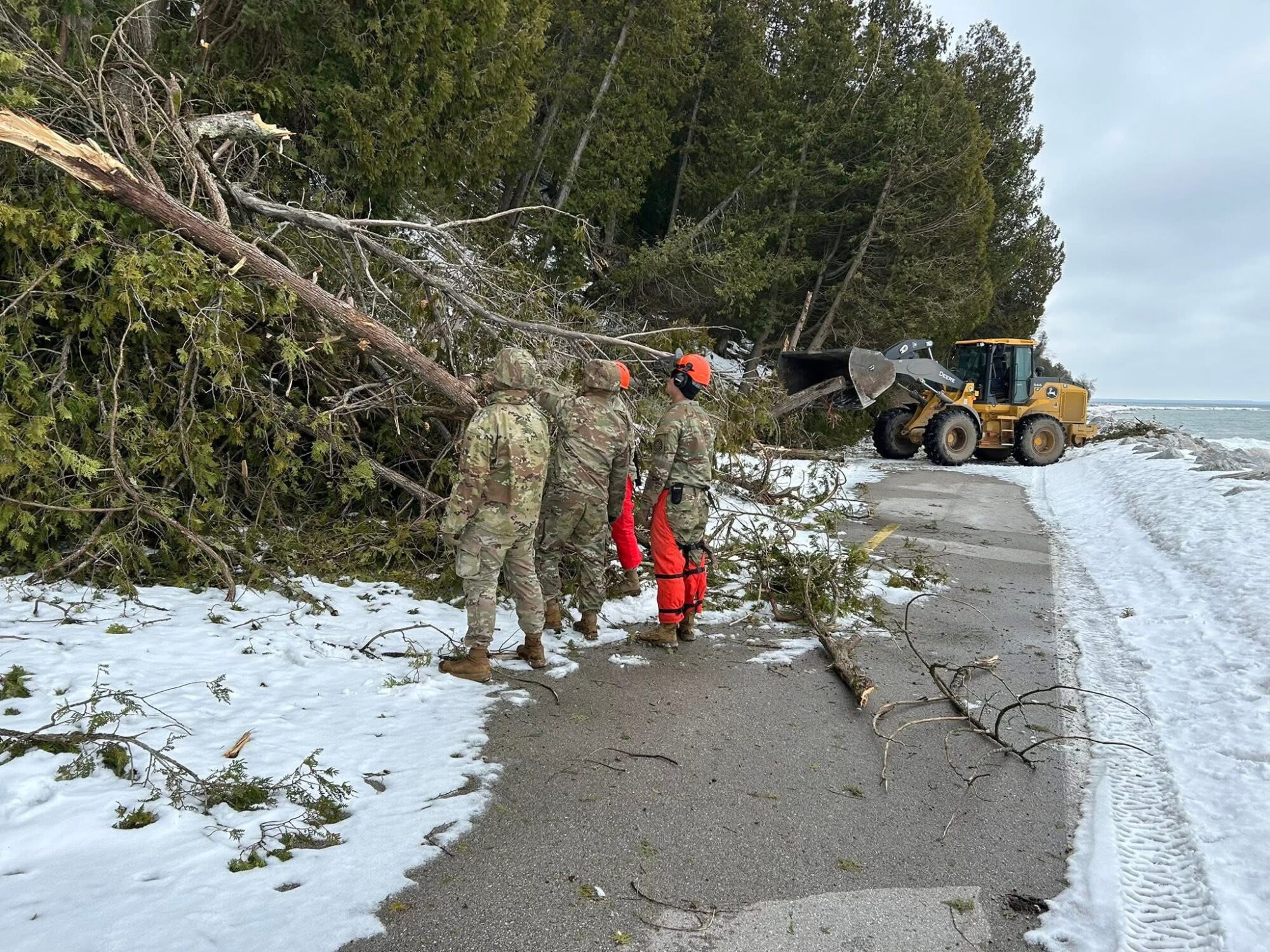

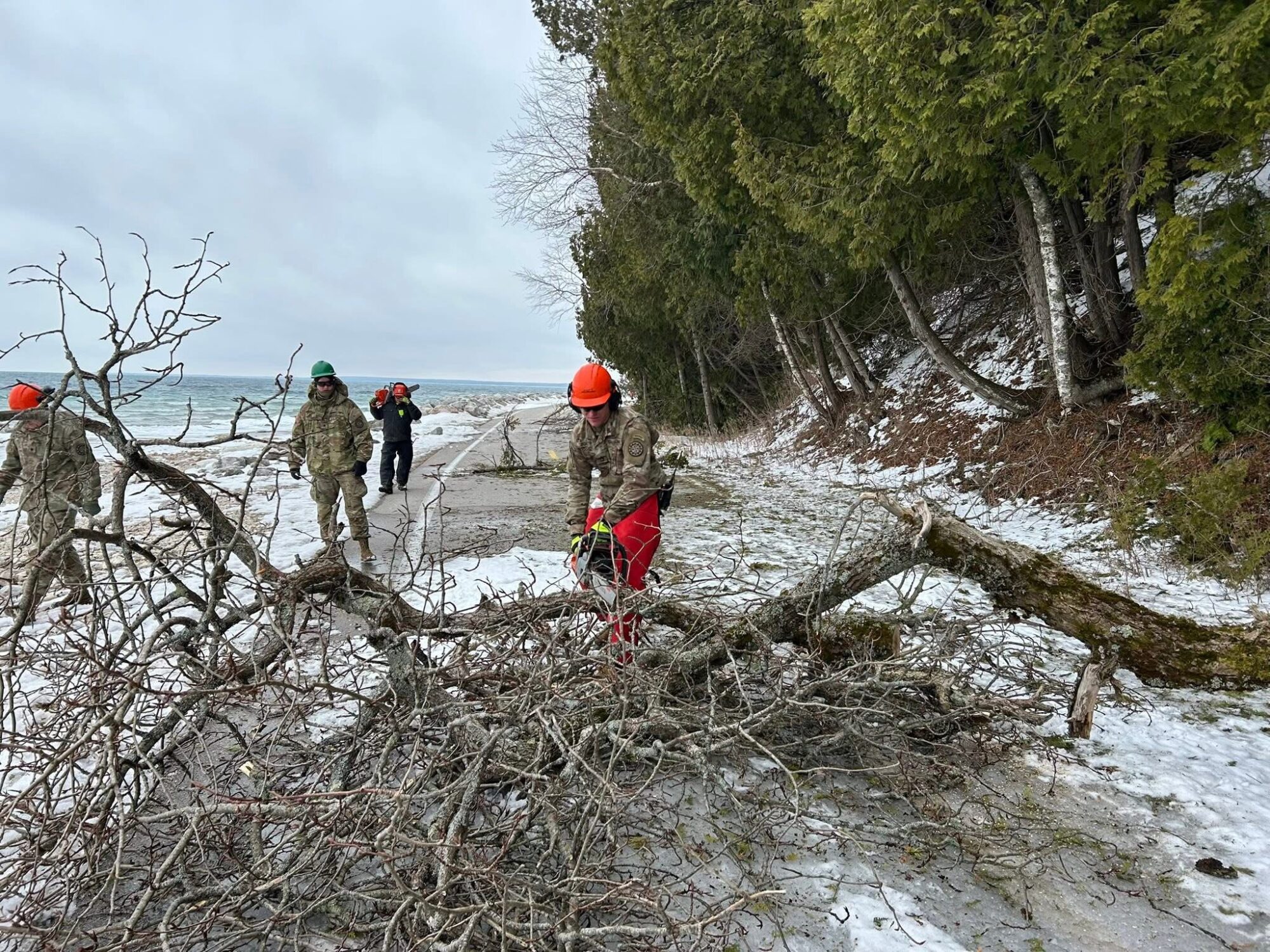
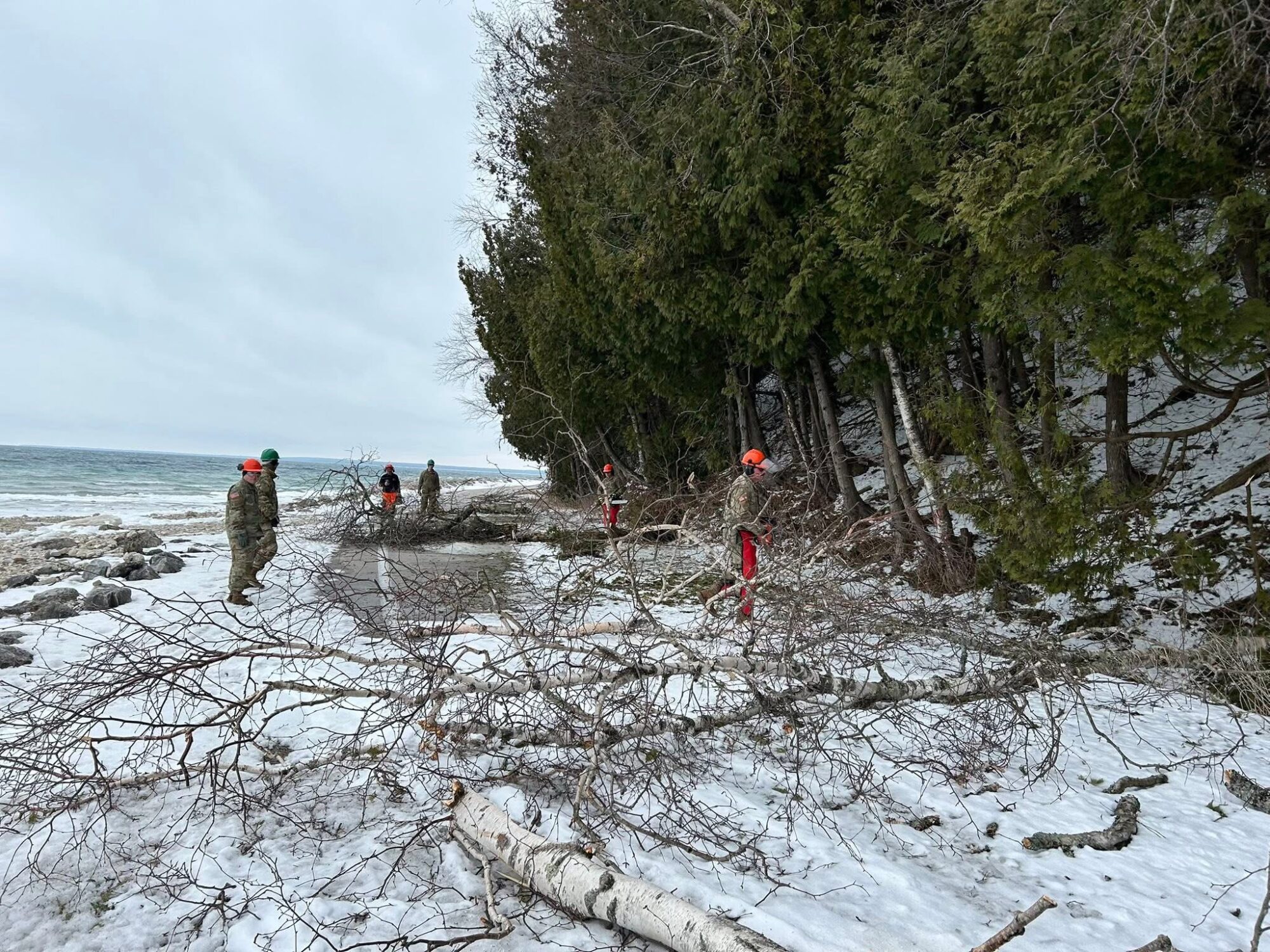
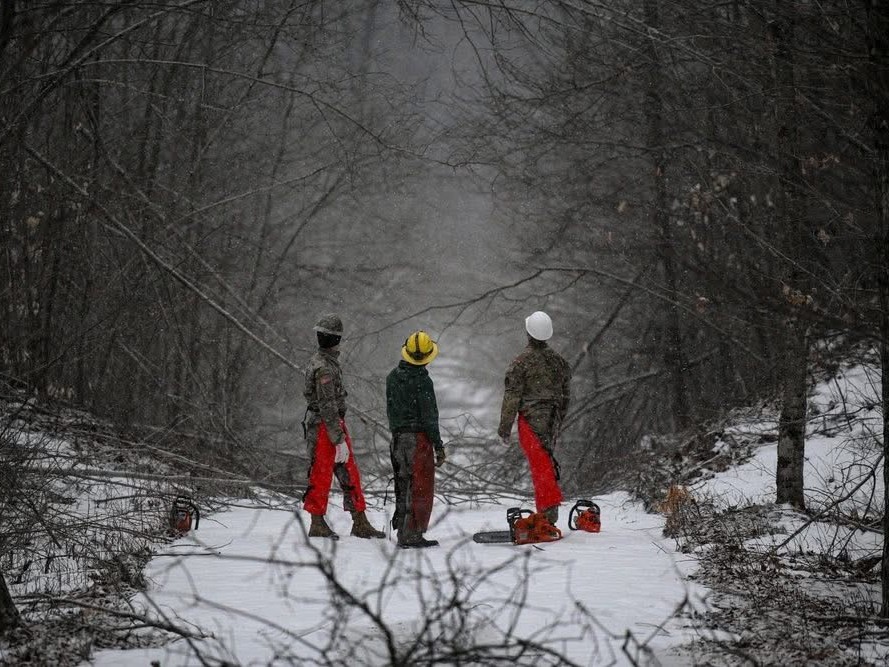


 8123 Main St Suite 200 Dexter, MI 48130
8123 Main St Suite 200 Dexter, MI 48130


